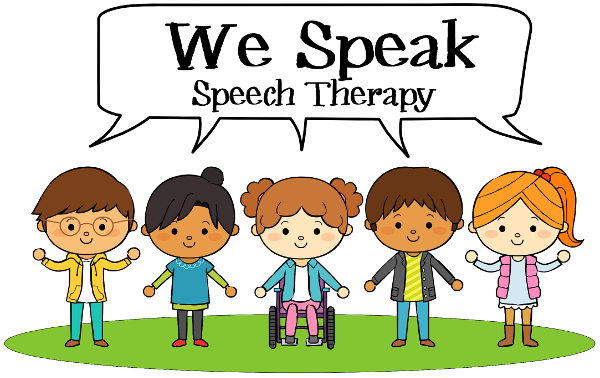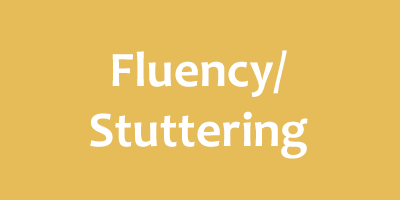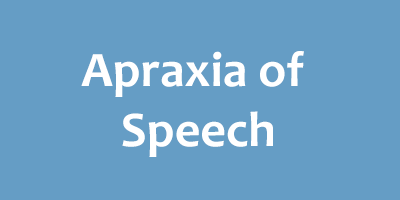Speech Sound Disorders
A speech sound disorder, also known as an articulation delay, occurs when a child is unable to produce individual speech sounds correctly. There is an age range of when a child should be able to produce individual speech sounds correctly. A child may need speech therapy if these sound production errors continue past a certain age. See chart below for specific sounds (articulation) development.
Ages of Sound Acquisition
2-3 years: p, b, m, d, n, h, t, k, g, w, ng, f, y
4 years: l, j, ch, s, v, sh, z
5-6 years: r, zh, th
*Based on studies compiled by McLeod and Crowe, 2018
A phonological disorder involves patterns of sound errors. For example leaving off the ending of words, substituting sounds produced in the front of the mouth for sounds that should be produced in the back of the mouth (i.e. saying T or D for K and G), or only producing one consonant in consonant cluster words (i.e. poon for spoon). It is common for young children learning speech to exhibit these patterns, but like articulation there are ages at which these processes should disappear.
Language Delays
Some preschool age children have difficulty with understanding language (receptive language) and or talking (expressive language). If your child has a receptive language delay they may have trouble with following directions, answering questions, and identifying objects and pictures, etc. If your child has an expressive language delay they may have difficulty asking question, naming objects, putting words into sentences, using correct pronouns and overall sentence structure (grammar), etc.
School age children may demonstrate some of the same language deficits as preschool children. These delays may affect academic performance. Indicators that your school age child may have a language disorder include :
Difficulty with sequencing activities
Inability to express thoughts
Difficulty getting ideas across to peers and teachers
Lack of communication with others
Difficulty understanding and/or following directions
Difficulty completing tasks
Limited usage and understanding of vocabulary
Poor sentence structure
Comprehension deficits, etc.
Fluency / Stuttering
Between the ages of 2 and 6 many children will repeats sounds, syllables and words as they are speaking. The amount of repetitions may vary from situation to situation and may disappear then re-appear from time to time. Don't worry....this is normal. School age children should be able to express themselves without stuttering. However it is normal for a child to have some dysfluencies (hesitations or repetitions) when they are stressed or excited. Signs that indicate a stuttering disorder include:
Excessive repetitions of whole or part words (I-I-I want a c-cookie).
Prolongation of sounds (W-----hat time is it?).
Evidence of frustration while speaking (eye blinking, poor eye contact, clenching fists, etc.).
Avoidance of speaking.
For more information please visit The Stuttering Foundation and American Speech and Hearing Association (ASHA)
Apraxia of Speech
Apraxia of speech is a neurological motor speech disorder that results In an impairment in planning and programming of body parts for speech production. It is not because of muscle weakness or paralysis. Children with apraxia know what they want to say, they just have difficulty producing the speech sound movements because the brain to mouth pathways are disrupted. Learn more about apraxia of speech at ASHA and Apraxia Kids.
Autism
Autism is a neurodevelopmental disorder characterized by deficits in social communication and social interaction and the presence of restricted, repetitive behaviors. Autism is a spectrum disorder ranging from mild (high functioning) to severe. Autism can bring challenges in both nonverbal and verbal communication as well as social skills. Learn more about autism at Autism Speaks and The Autism Council of Utah.






